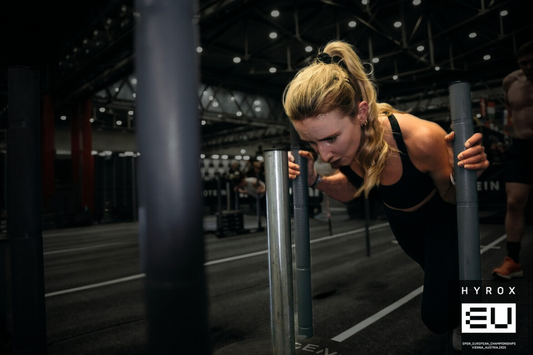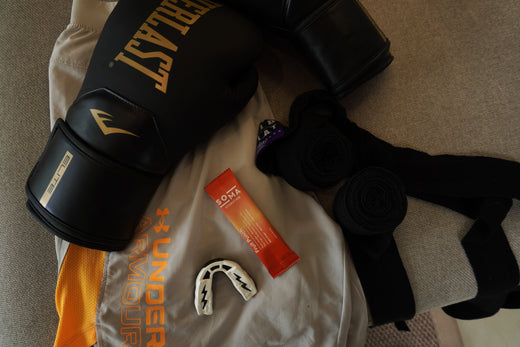When it comes to hydration, not all drinks are created equal. The way electrolytes interact with your body depends on their concentration relative to your fluids, measured in milliosmoles per liter (mOsm/L), which determines whether the drink is isotonic, hypotonic, or hypertonic. But what do these terms mean, and how can you optimise your electrolyte intake - especially when using formulas like SOMA?
This guide breaks it all down, so you can tailor your hydration strategy to match your performance goals.
Key Concepts
1. Isotonic:
- Matches your body’s natural concentration (~300 mOsm/L).
- Absorbs efficiently for hydration and energy.
- Ideal for endurance workouts or long sessions.
2. Hypotonic:
- Lower concentration than your body fluids (<300 mOsm/L).
- Absorbs fastest, focusing on rapid hydration without added energy.
-
Great for hot conditions or shorter, high-sweat activities.
3. Hypertonic:
- Higher concentration than your body fluids (>300 mOsm/L).
- Absorbs slower, prioritising energy refueling over hydration.
- Best for post-workout recovery or during ultra-endurance events.

How Water Volume Affects Powdered Electrolytes
When using powdered electrolytes, like SOMA, the amount of water you mix them with determines whether the drink is isotonic, hypotonic, or hypertonic:
- More water = Hypotonic: Diluting the powder with more water lowers the concentration for quick hydration.
- Balanced water = Isotonic: Mixing with moderate water volumes creates a solution close to 300 mOsm/L, achieving isotonicity.
- Less water = Hypertonic: Using less water creates a concentrated solution, better for energy refuelling but slower for hydration. Note: Energy refuelling typically refers to drinks containing carbohydrates, which SOMA does not include.
SOMA’s Breakdown
Per serving, SOMA provides:
- Sodium: 800 mg (69.6 mOsm)
- Potassium: 200 mg (5.1 mOsm)
- Magnesium: 50 mg (4.2 mOsm)
- Chloride: 1,200 mg (34 mOsm)
- Total Osmolarity: ~113 mOsm per serving
Isotonic Volume Calculation:
Volume of water (L) = Total solute (mOsm) / Target osmolarity (mOsm/L)
Volume of water (L) = 113 / 300
Volume of water (L) = 0.377L (or 377 ml)
Water volume guidelines for SOMA:
- Hypotonic: Mix with 500ml or more.
- Isotonic: Mix with ~300-400 ml.
- Hypertonic: Mix with less than 300 ml.

Why Is There a Gap Between Isotonic and Hypotonic?
The transition from isotonic to hypotonic isn’t instant - it’s a spectrum:
- At 400-500 ml, the solution may still be borderline isotonic or leaning toward hypotonic.
- Factors like individual body composition, hydration status, and sweat rate influence the exact balance for each person.
Takeaways for Performance
- For hydration: Aim for hypotonic by mixing with more water (>500 ml).
- For balanced hydration and energy: Stick to isotonic guidelines (~350 ml).
- For energy refueling: Go hypertonic with less water (<300 ml).
Understanding these principles allows you to customise your SOMA electrolyte drink based on your training needs, whether it’s hydration, energy, or recovery.





